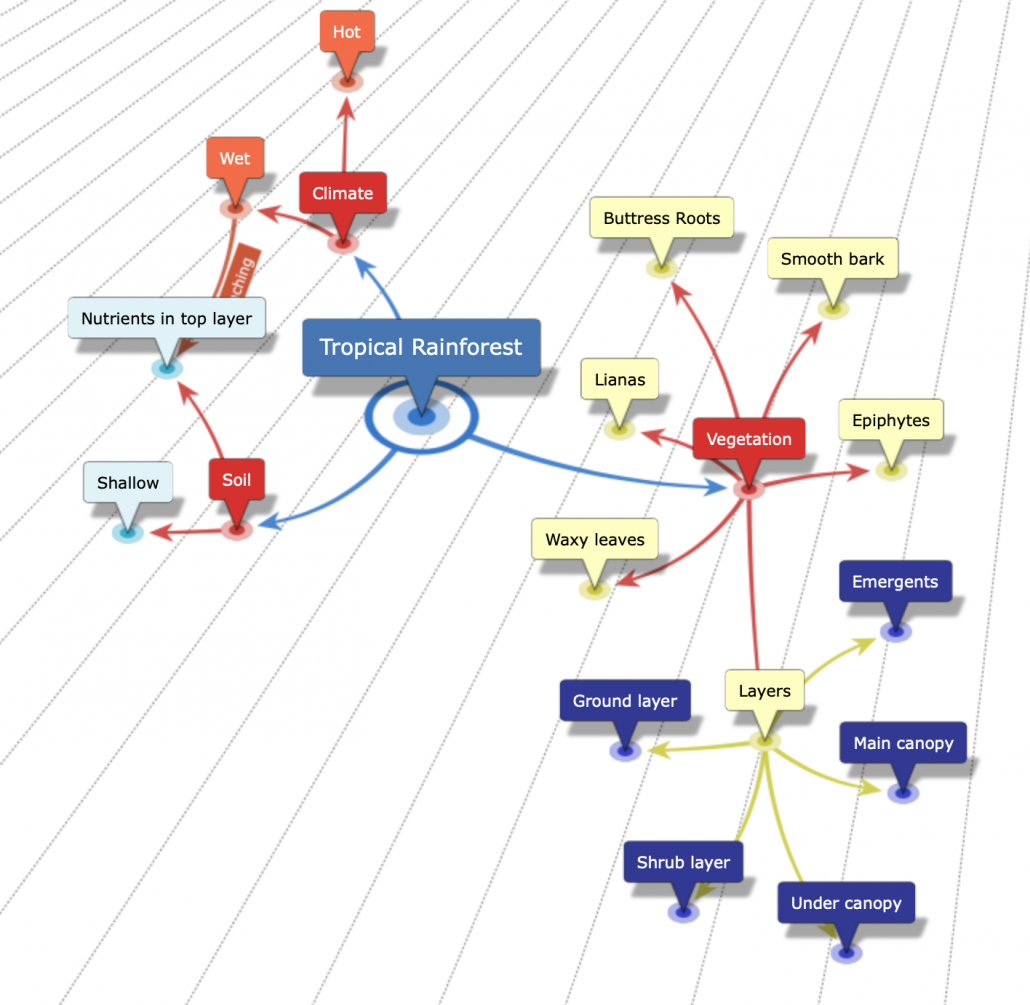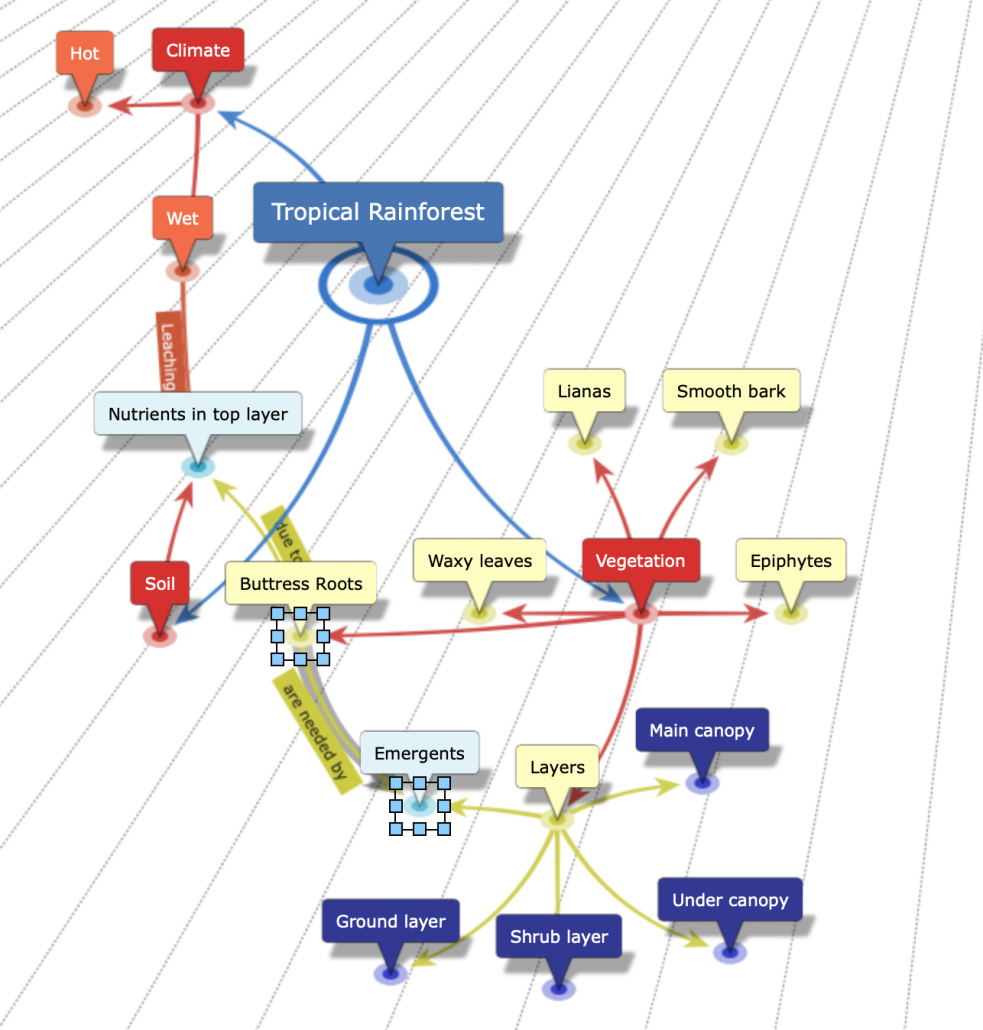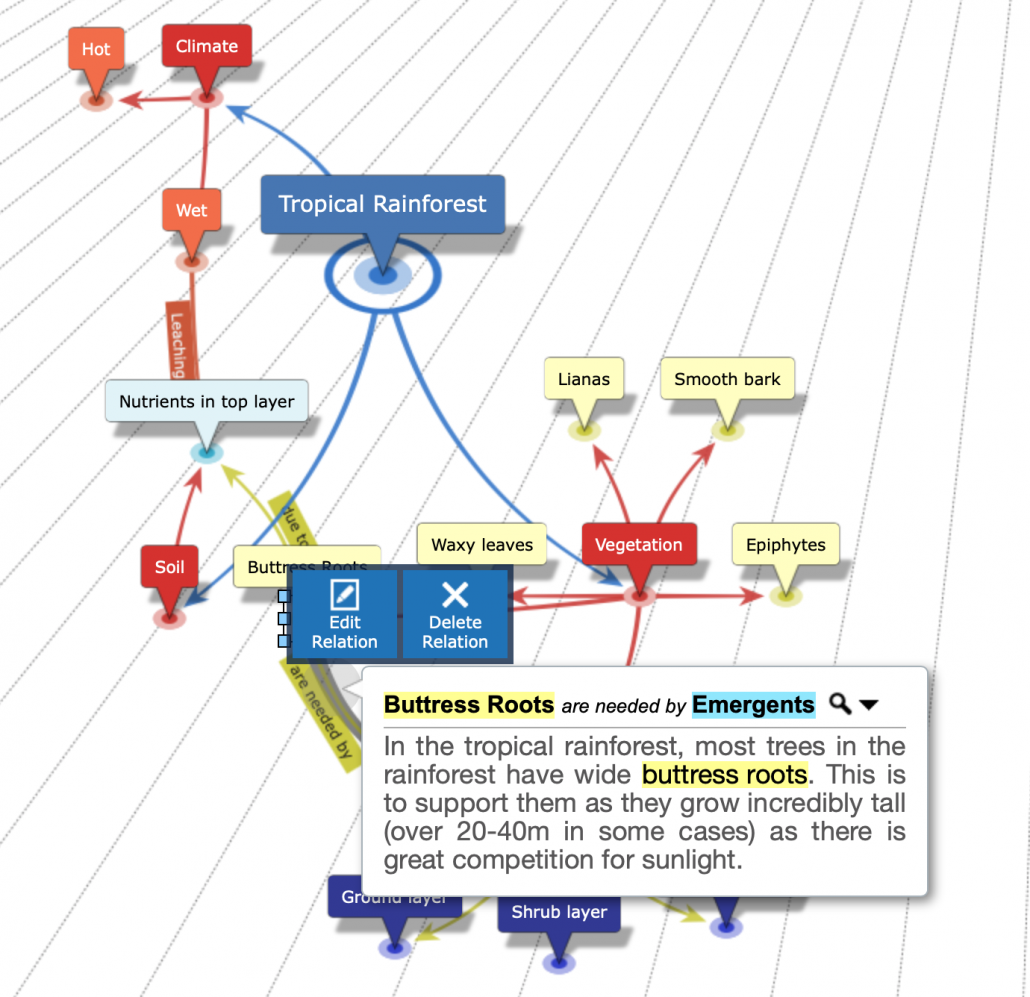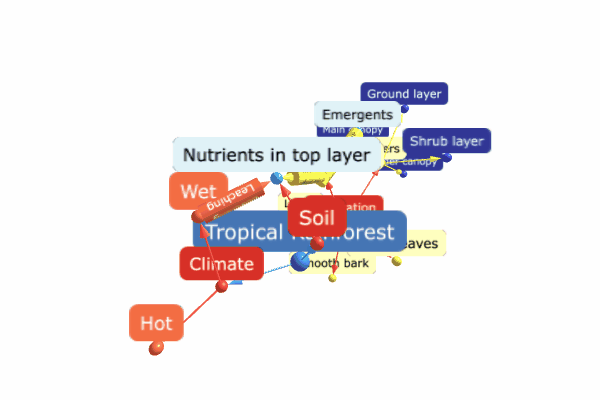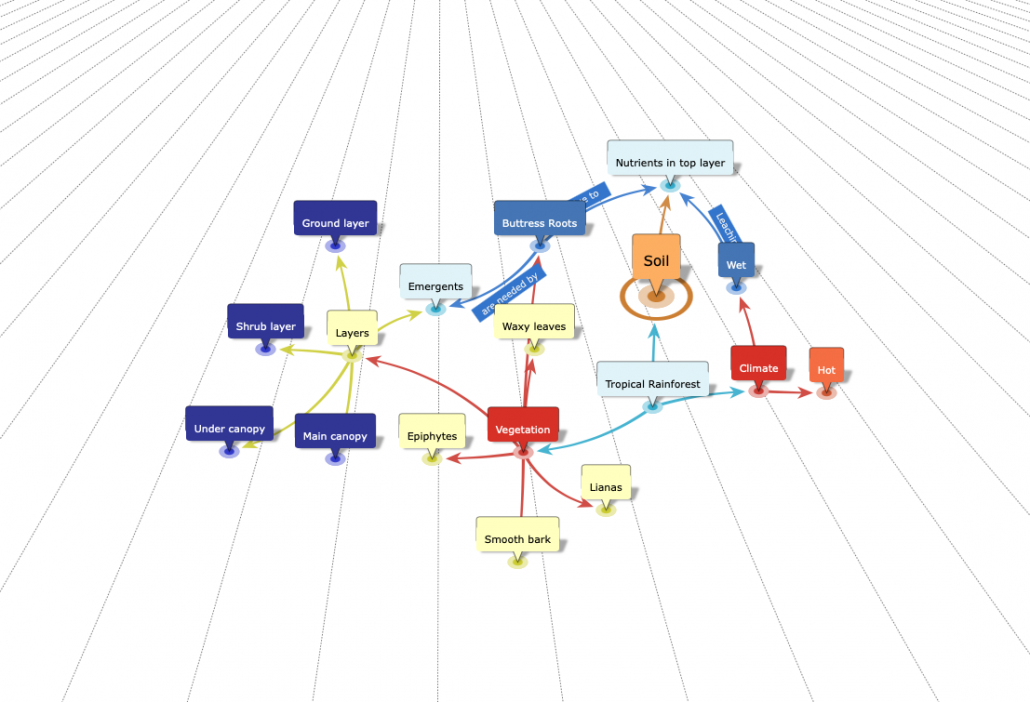Synoptic Links in Geography Revision
The aims and learning outcomes of the AQA GCSE Geography course focus heavily on students thinking, studying and applying like a geographer. This includes students making links and applying their knowledge to a range of real-world contexts.
The Assessment Objectives in geography clearly reflect these aims and learning outcomes. AO2, for example, involves students demonstrating an understanding of the interrelationships between places, environments and processes. Also, AO3 covers the application of knowledge and understanding to make judgements. Combined, these two assessment objectives account for up to 70% of the assessment weightings in the AQA GCSE Geography course.
Therefore, it is critically important, not just in creating good geographers, but also in raising achievement that students develop the ability to make synoptic links in geography. Some students will have an innate ability to think like a geographer and make connections in the world we live in. However, others will need support in developing their ability to do this.
The document below encourages students to connect their learning to the wider world. The example covers the synoptic links that exist between The Living World unit and the other main units in the AQA GCSE Geography specification. This could be used once the Living World unit has been completed, using the additional guidance on the second page to support, along with a textbook. Alternatively, it could be used once all the major units have been completed as a summary revision activity.
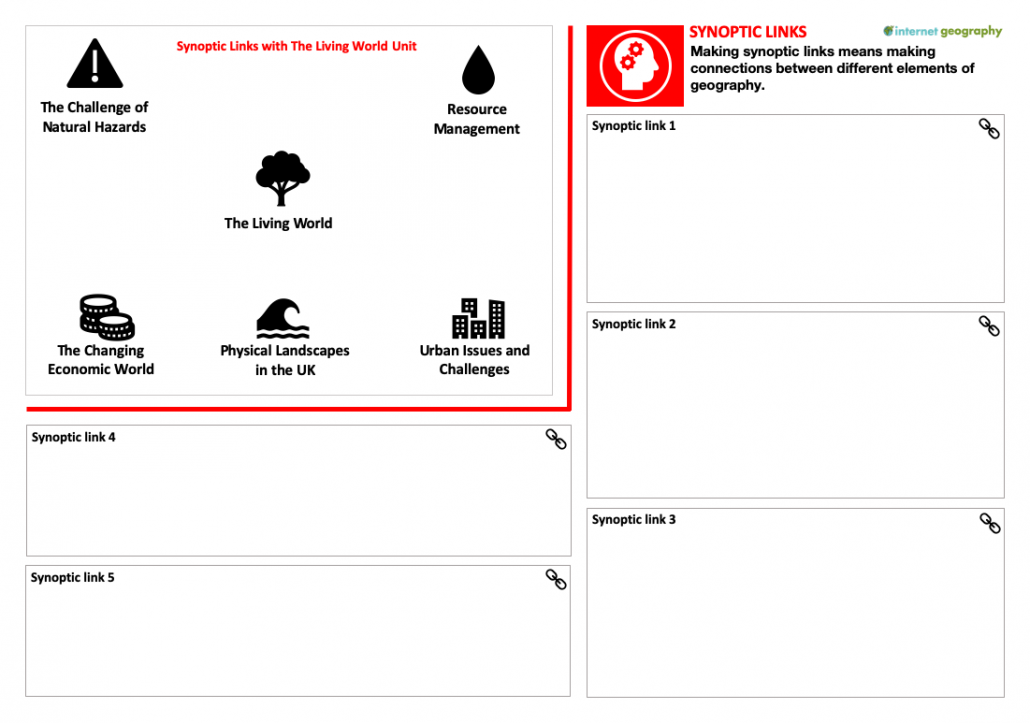
Synoptic Links Revision Activity
The students draw lines representing synoptic links between The Living World and other units. An example of this is shown below. Students should be encouraged to further develop links that address multiple units.
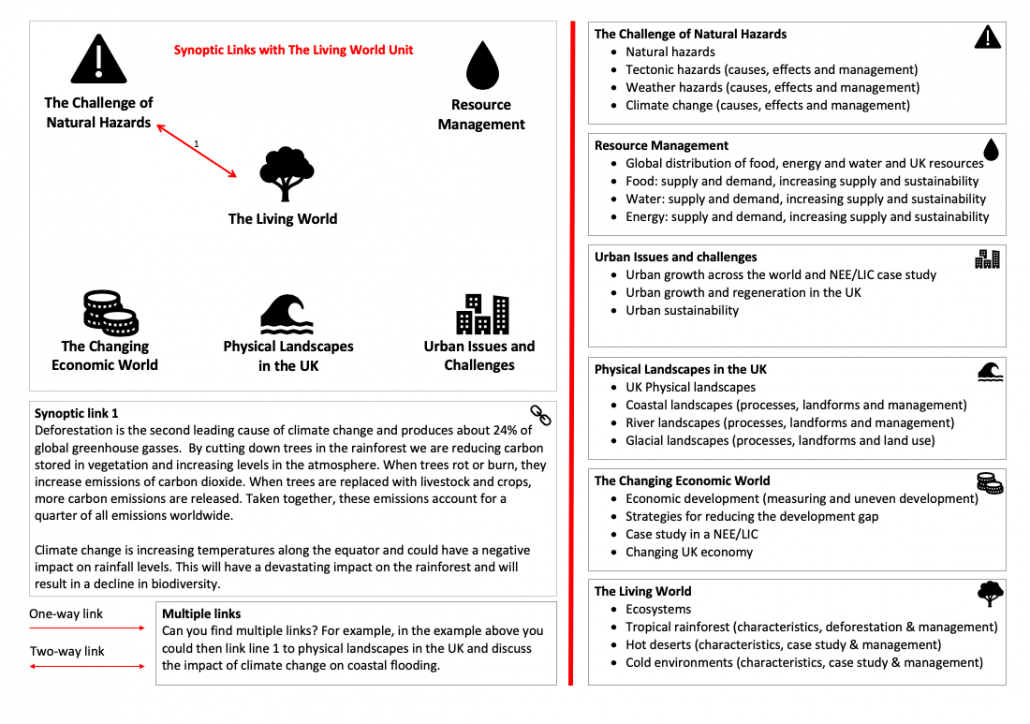
Synoptic Links Revision Activity Support
There are synoptic links support resources available for students to access on Internet Geography.
Download the A3 Living World Synoptic Links revision document

